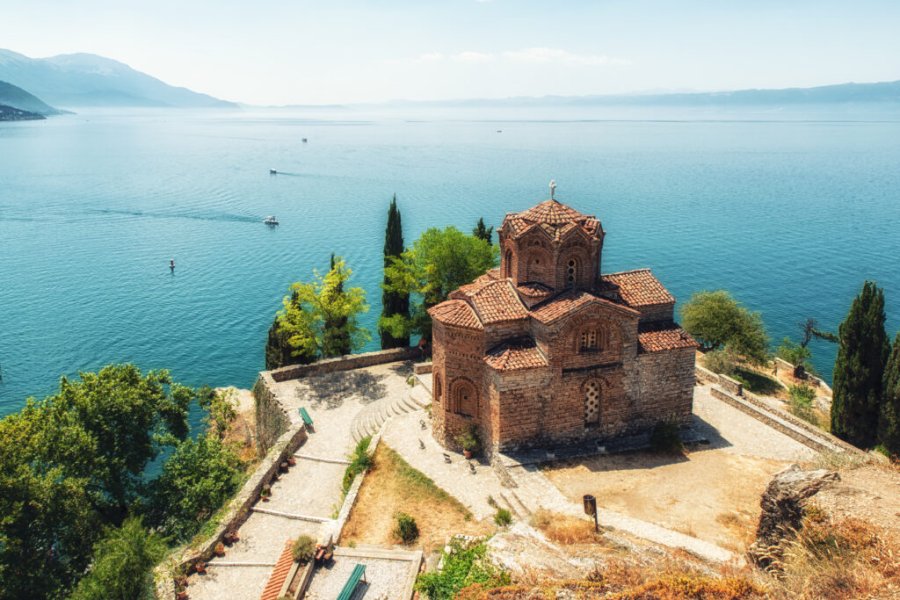Travel Guide Mbuji Mayi
Find an accommodation
Advertising
Mbuji Mayi means "goat's water" in Tshiluba. It is the country's second-largest city, a status it vies with Lubumbashi. Since the 1980s, the city's population has increased tenfold, as a result of anarchic development caused by the influx of Kasaians from Katanga in the early 1990s, and also by diamond fever. In 1918, Bakwanga became a mining center for BCK (Compagnie du chemin de fer Bas-Congo-Katanga) employees. Founded in 1919, Mibeka, the diamond company/city, became Miba. The railroad developed towards Katanga, enabling the migration of populations, mainly of Luba ethnicity, to the Katangese province. In 1960, Katanga seceded and many Kasaians (Baluba-Kat) who had migrated there were forced to return to Kasai. At the same time, ethnic conflicts broke out in Luluabourg between the Luluas and the Lubas. In August 1960, Albert Kalonji organized the secession of South Kasai and proclaimed himself "Mulopwe" (King/Emperor) until 1962. When the territory was split under Mobutu, Mbuji Mayi became part of Kasaï Oriental, while most of the former state's territory fell to Kasaï Occidental. The town is divided into five communes: Bipemba, Diulu, Dibindi, Kanshi and Muya. Partly urbanized, Mbuji Mayi still retains its village feel. The opulent villas of wealthy traders stand side by side with the extreme poverty of small-scale diggers in search of diamonds. The town boasts a university, built in 1990.
What to visit Mbuji Mayi?
Suggested addresses Mbuji Mayi
Weather at the moment
Advertising
Organize your trip with our partners Mbuji Mayi
Transportation
Book your plane tickets
Car Rental
Boat rental
Accommodation & stays
Find a hotel
Holiday rental
Find your campsite
Tailor-made trip
Immersion travel
Services / On site
Activities & visits
Find a doctor









